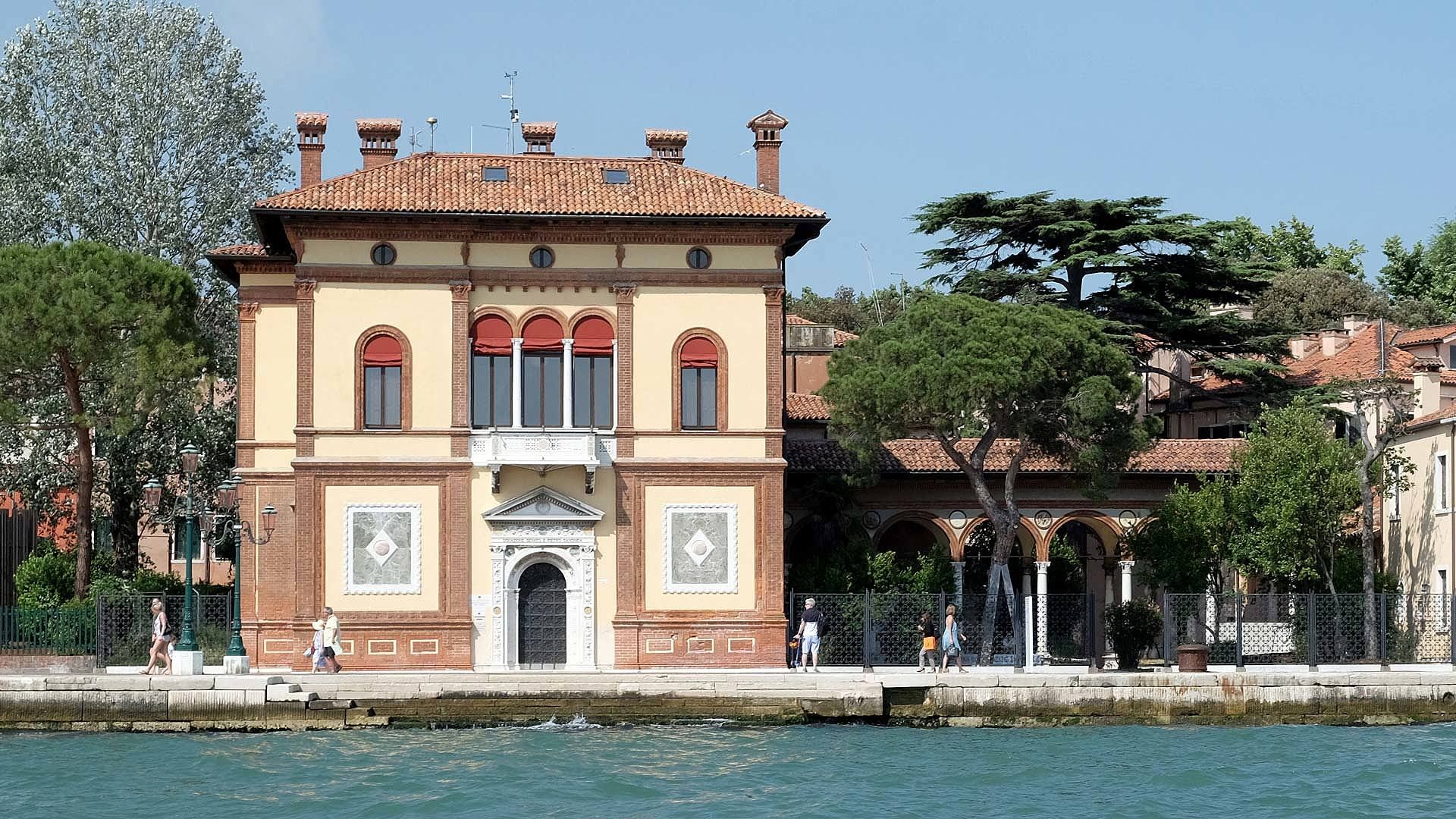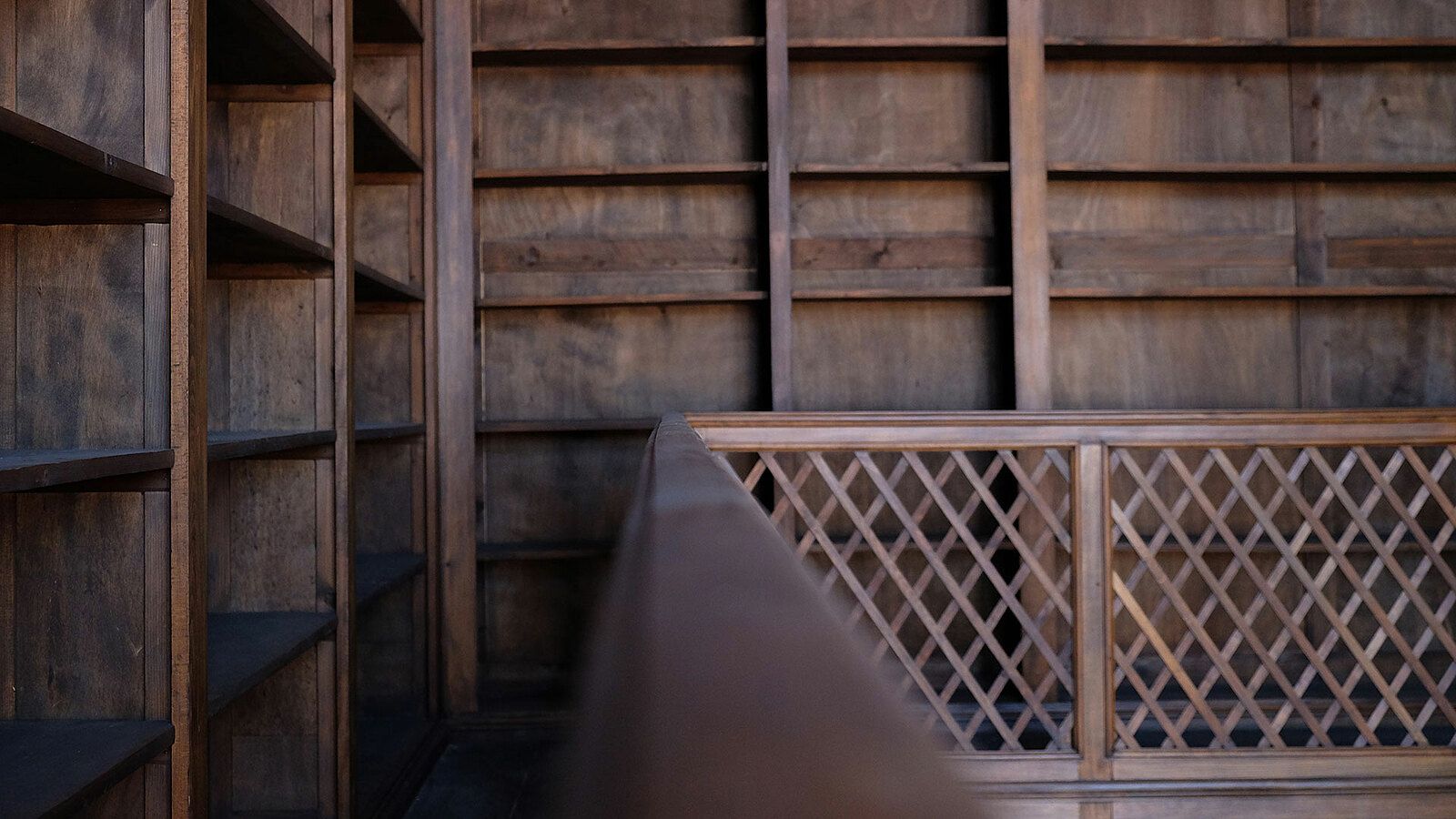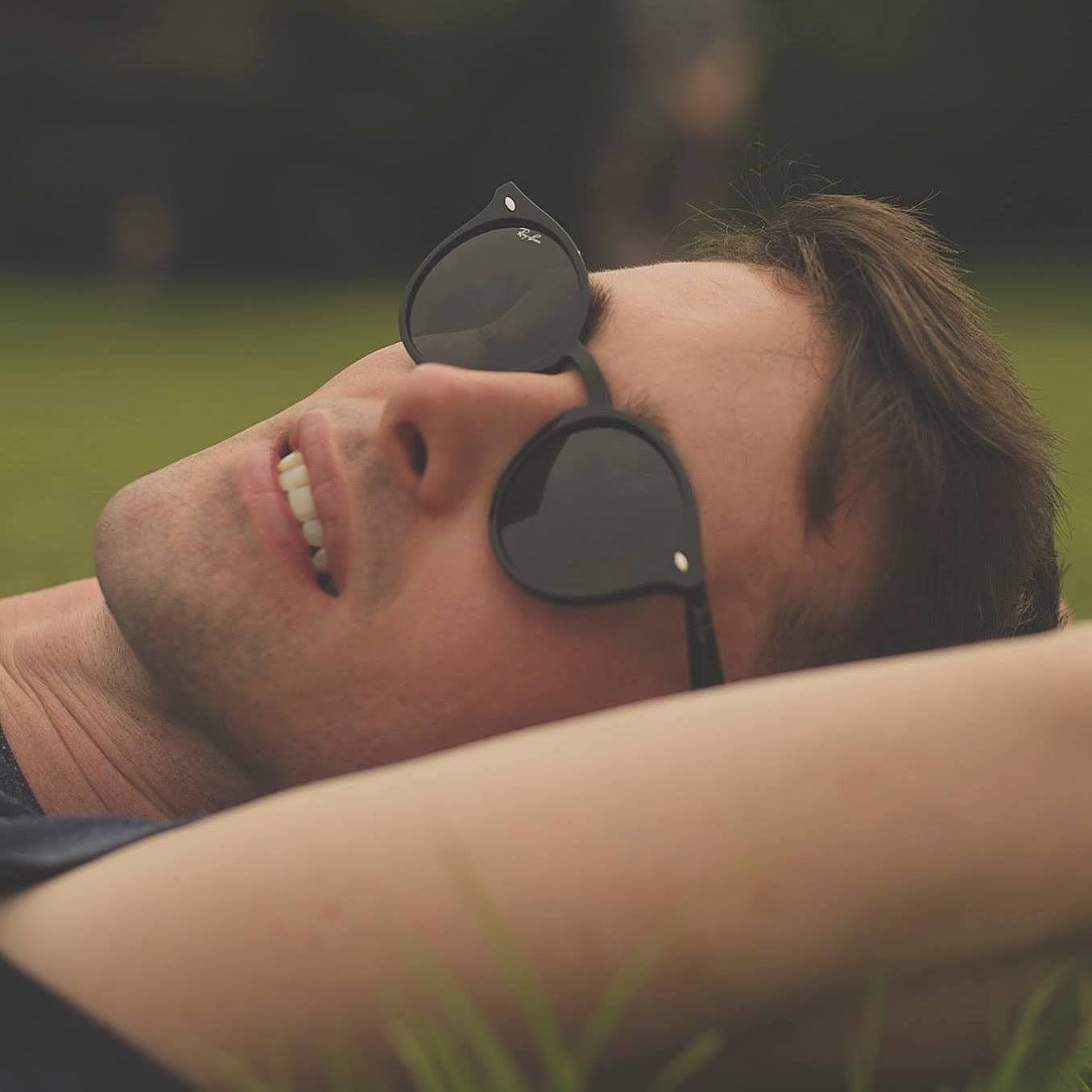Re-evaluating Values: An Open Letter to Creative New Zealand Regarding Exhibition Attendants at the Biennale Arte
Francis McWhannell on the underpaid opportunity of the Aotearoa arts calendar
Francis McWhannell on the underpaid opportunity of the Aotearoa arts calendar
The conditions of the art industry in Aotearoa are not optimal, nor will they be any time soon. At every level, artists and arts professionals struggle to secure sufficient funding to get projects off the ground. I recognise that all who work at Creative New Zealand, our national arts development agency, believe in the importance of the arts and feel a personal investment in their flourishing. I appreciate that the funding available for projects is limited and that it is quite impossible for the agency to do everything and to please all parties. However, I also feel that the conditions under which Creative New Zealand employs exhibition attendants for the Aotearoa project at the Biennale Arte within La Biennale di Venezia are unduly poor, particularly from the perspective of remuneration. (Something similar could be said about the Biennale Architettura, but that must remain for another day.)
The Biennale Arte is – to quote the Aotearoa project’s organising body, New Zealand at Venice – “widely considered … the world’s pre-eminent contemporary art exhibition”. As such, it garners a great deal of attention. New Zealand has been contributing since 2001, with the artists chosen making up a veritable ‘who’s who’ of the local art scene. It is clear that the position of exhibition attendant holds considerable appeal to arts professionals. As an early-career writer and curator who recently undertook an internship at the Peggy Guggenheim Collection in Venice, I can well appreciate that working for the New Zealand project represents an excellent opportunity to learn new skills, meet new people, see a remarkable array of art, and get to know one of the most wonderfully idiosyncratic built environments in the world. I am aware that the exhibition attendant positions are highly sought after and competitive. By all accounts, successful candidates derive great enjoyment and fulfilment from their experiences.
By all accounts, successful candidates derive great enjoyment and fulfilment from their experiences
It is also clear that the work required at the Biennale is demanding. The job description for attendants for the upcoming project, Dane Mitchell’s Post hoc, gives the hours of work as “maximum 6 days a week (7 hours per day)”. Past attendants have stressed to me that the job is physically and emotionally draining, involving long periods of work without companionship, and have noted that it allows relatively little time for outside recreation, relaxation, or upskilling. One former attendant spoke of being required to work ten days in a row. Another mentioned that breaks were not consistent. Yet another described discovering on arrival that late nights would need to be worked. I trust that these inappropriate incidents are not the norm, and that adequate steps have been taken to ensure that they are not repeated.
Work as an exhibition attendant also calls for strong and diverse skills. The job description notes that “a high degree of independence, professionalism and initiative” is needed. Specialist academic training in the field of art is not explicitly required but implicitly preferred. This is no amateur gig. The long list of tasks, the skill needed to communicate with authority to varied audiences (potentially in more than one language), and the emotional labour involved simply in interacting with the high number of visitors mean that the position ought to be well remunerated. But it is not. I understand that, on at least one occasion, leftover project funds were passed on to attendants – a fine gesture. However, there is no guaranteed pay attached to what is in essence a short-term government job.
I know the effects of such positions … They devalue the work we do
The job description explains, “The position is unpaid and Attendants are required to fund their own daily living expenses; however, economy return flights to Venice and shared accommodation will be booked and paid for by Creative New Zealand.” I feel it is worth noting that a successful applicant might need not only to cover expenses in Venice but also to pay rent in New Zealand, forgo good paid employment, use holiday time, or take unpaid leave in order to fill the attendant position. The absence of pay renders the programme less accessible to those freelancing, on lower incomes, or less well established in the profession – all of these being candidates who would stand to gain a great deal from participation.
There has been some suggestion that the prestige of the position and the experience gained make up for the lack of payment. I am inclined to disagree. Poorly paid or unpaid jobs, often presented as career-advancing internships, are all too common today, and are particularly prevalent in the arts. As someone who has long worked freelance, and who engages with many emerging artists and arts professionals besides, I know the effects of such positions. They are demoralising. They devalue the work we do. Somewhat paradoxically, they also contribute to a certain rarefication of the creative industries, limiting access for those who are not ‘from wealth’ or otherwise supported by their families (living at home, for instance). This state of affairs strikes me as out of step with the principles of diversity and fairness that are central to the arts community and, one hopes, to our culture at large.
To an extent, I can appreciate and accept that the exhibition attendant system at Venice is a special case; it’s not equivalent to, say, an internship programme at a big ad agency. Unlike private employers, Creative New Zealand and New Zealand at Venice are obviously not deriving any financial benefit from the labour of attendants. However, a good number of New Zealanders take great pleasure in attending the Biennale and seeing our country represented there. Aotearoa also gains meaningfully from its participation through exposure on the international stage. No doubt some tourist traffic is directed this way. More importantly, our reputation is enhanced, along with that of the selected artist(s). We are seen to be a serious nation that produces exceptional art, despite our relatively small size. The labour of the attendants is central to this situation.
There has also been some suggestion that the flights and accommodation provided by Creative New Zealand represent reasonable compensation for the work provided by attendants. It is my view that flights really ought not to be considered compensation but a natural part of the package. To expect Aotearoa employees to pay their own way to Venice would be patently silly. Helen Isbister has commented that “many [nations] employ local staff in Venice rather than provide support for attendants to travel and experience the Biennale”. However, from conversations with former attendants (including one from outside New Zealand) and with regular visitors to the Biennale, I understand that most participating countries employ ‘people from home’; it is very much part of the culture of exchange at Venice, especially among wealthier countries like our own. For us to contract non-New Zealanders would not only present cultural training challenges, it would also be a ‘bad look’.
For us to contract non-New Zealanders would not only present cultural training challenges, it would also be a ‘bad look’
Even if one accepts flights as a kind of compensation, that compensation is poor. A flight to Venice, booked in advance, ought to cost no more than NZD $2500. Experience tells me that a single room in a shared apartment within easy walking distance of the project could be secured for something like $1000 over six weeks, perhaps with patchy Wi-Fi as an extra cost. (One assumes that Creative New Zealand is using the fact of its long-term presence in Venice to good advantage in negotiating rent, and so this figure is likely high.) Assuming work 7 hours a day, at least 5 days a week, $3500 means ‘unpay’ of $16.67 per hour: almost precisely minimum wage. I submit that this is not adequate.
While the present system is not ideal, it is full of potential. The attendant position as it stands does not represent a well-formed professional development programme or scholarly award (it is my understanding that no formal partnerships are currently in place with art institutions or institutions of higher learning). Either or both of these structures could be developed and would much improve the system, benefitting not only candidates but also the arts ecology in Aotearoa more broadly, which is decidedly low on upskilling opportunities (as evidenced, I would suggest, by the popularity of the attendant positions).
In connection with the Australian project at Venice, the Australia Council offers a programme for ‘emerging arts professionals’ (this includes a daily stipend of AUD $100). The United Kingdom offers university fellowships, involving a mixture of invigilation work and study. Australia and Britain are arguably better placed to operate such programmes, but I can well imagine Creative New Zealand doing something similar. It could partner with motivated arts institutions in order to establish a number of positions attended by paid leave additional to holidays, and giving recipients access to meaningful career-advancing activities, such as special gallery visits and meetings with international artists and curators (it might be necessary to cut the number of days spent on the project). Similarly, the agency could develop some positions for deserving students, sharing administration and funding with universities (and supporters thereof), and perhaps even building in some academic credit.
Underpinning any renewed approach to the exhibition attendant system should be the principle that ours is an egalitarian and just nation
Underpinning any renewed approach to the exhibition attendant system should be the principle that ours is an egalitarian and just nation, in which the government and its entities demonstrate by their actions a commitment to ensuring that the labour of workers in their employ is valued, and that opportunities are not solely extended to those of independent means, in positions of relative privilege. To this end, it seems right that Creative New Zealand maintain at least some ‘open call’ positions and that these include a stipend. The value need not be especially high. Australia offers its ‘volunteer exhibition attendants’ (who are expected to work five days a week) AUD $70 per day, in addition to flights and accommodation. Something less is probably quite defensible for Aotearoa. Several people I have spoken to have suggested that a NZD $50 per diem would make a substantial difference.
$50 a day is hardly a fortune, but it would permit a comfortable stay, affording attendants the opportunity to eat out occasionally, travel a little beyond the islands (Padua and Verona are but short train rides away), unwind. The sum would translate into $2100 per attendant, or $12600 paid out to six attendants over the six and a bit months of the Biennale Arte. It has been suggested to me by a regular sponsor of the arts that such an amount might be secured by organising a crowd-funding campaign aimed at mid-level supporters. While I am tempted to give this option a go, to test its tenability, I worry that any crowdfunding exercise will inevitably put pressure on early-career arts professionals themselves, who can obviously ill afford to bank-roll their peers. As such, I put it to Creative New Zealand to provide feedback in the first instance. Perhaps an appeal up the chain will do it.
Changing the payment conditions of the exhibition attendant position would, I believe, open up a fairly restricted opportunity to others who greatly desire and deserve an ‘in’. It would meaningfully enhance the value of an already valued programme. And it would provide Aotearoa with an opportunity to demonstrate its deep commitment to the arts and to responsible employment on one of the biggest cultural stages in the world.
Nāku noa,
Nā Francis McWhannell
Maungawhau, Tāmaki Makaurau, 19 October 2018
Images: Palazzina Canonica, venue for Dane Mitchell’s upcoming project, Post hoc.


